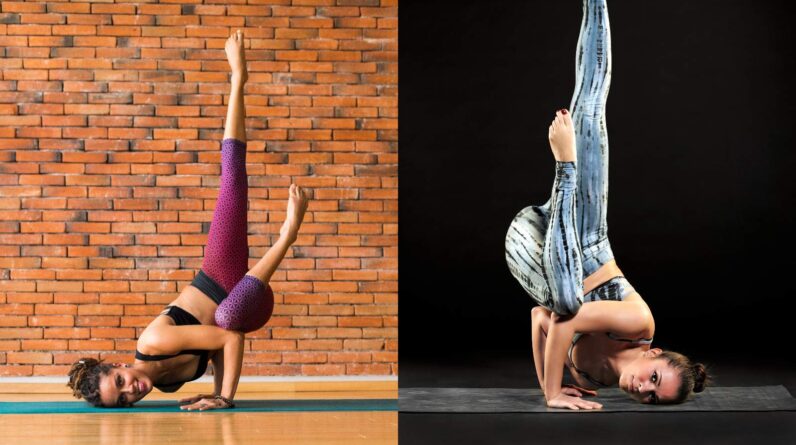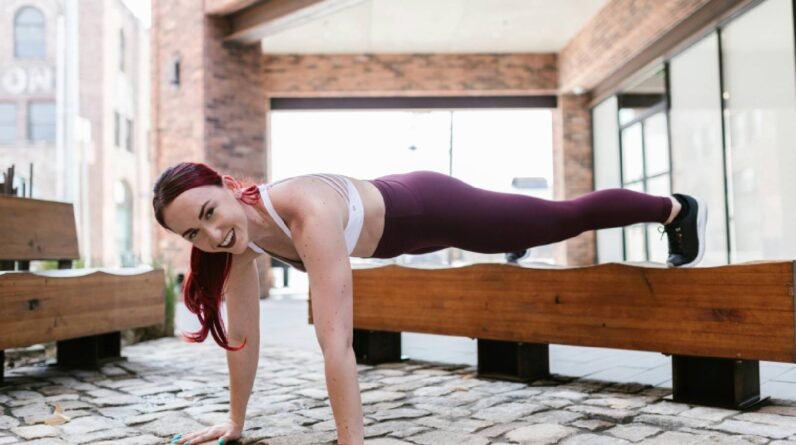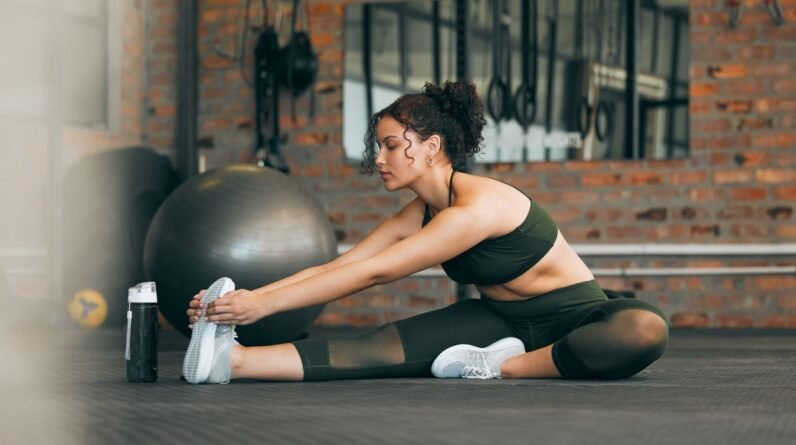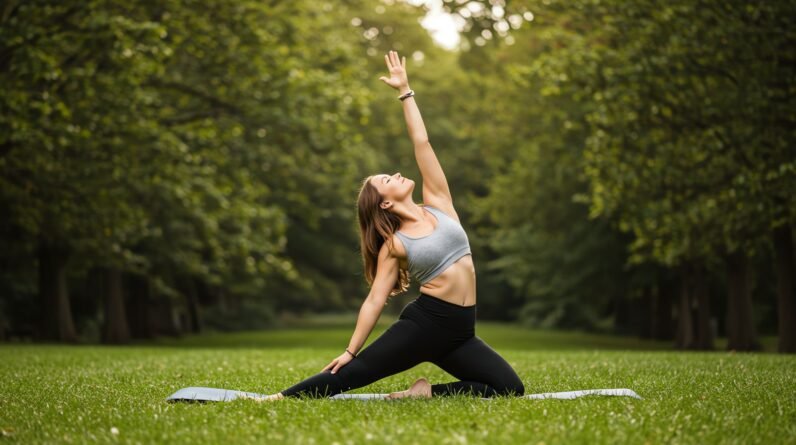
Fallen angel pose helps enhance your body flexibility and keeps stress at bay. Here is how to do fallen angel yoga pose and reap the benefits of devaduuta panna asana.
If your job requires prolonged sitting, it can lead to back and neck problems. Incorporating the fallen angel yoga pose into your workout routine may help ease the pain. This pose is a challenging arm balance and inversion pose, where your heart is higher than your head. You enter this pose from the side crow posture, by lowering one side of the face to the ground and elevating the legs so that both feet point towards the sky. The fallen angel yoga pose is powerful because it involves torso flexibility to rotate the body, as well as arm and core strength to hold the body weight and lift the hips and legs. Practicing the fallen angel pose can help you develop strength, balance, and awareness.
Similar Topic
What is the fallen angel pose?
The fallen angel pose is also known as the devaduuta panna asana. The name “Devaduuta Panna Asana ” is derived from Sanskrit, and combines the words “Devaduuta” which means divine messenger or angel, “Panna,” means fallen or downward motion, and “asana,” means seat or posture.
“It is an advanced yoga pose, which is a modification of parsva bakasana (side crow pose). In both yoga poses, the body is in a twist, but in devaduuta panna asana, one leg is lifted upwards at shoulder level while remaining in the twist. It is a hip opener and forward bend that stretches the entire back. However, it is a challenging yet rewarding posture that requires flexibility, balance, and strength, says yoga expert Himalayan Siddhaa Akshar.
What are the benefits of a fallen angel pose?
1. Strengthens the back and core muscles
According to a study published in the International Journal of Sport and Health Science, yoga exercises can help to strengthen your core muscles and help relieve lower back pain. Incorporating the fallen angel pose helps to maintain posture, and also engage your back and core muscles, which helps in building strength and stability in these muscle areas.
Similar Topic


2. Improves flexibility
This pose is an excellent way to stretch the hamstrings, inner thighs, and hip flexors, which can become tight and restricted due to prolonged sitting or physical inactivity. However, regular yoga practice may increase flexibility, balance, and overall body measurements, as per a study published in the International Journal of Yoga.
3. Relieves stress and anxiety
If you take a lot of stress and anxiety in your life, doing a fallen angel pose can be effective. The forward fold and gentle inversion in this pose can help calm the mind and alleviate stress and anxiety by promoting a sense of relaxation and relief. However, there is no scientific evidence to claim it.
4. Aids in digestion
Regular practice of this yoga asana is found to be more effective against different digestive issues and helps to improve the digestive system, found a study published in the Journal of Yoga and Physical Therapy. The fallen angel pose is an effective yoga pose that gently provides compression on the abdominal organs, which helps stimulate digestion and relieve issues such as constipation or bloating.
5 yoga asanas you can do daily to improve your digestive health
5. Enhances posture
If you are looking for ways to enhance your posture, this pose can help improve your posture as well as your alignment, reducing the risk of back pain and discomfort by stretching the back muscles and opening the hips. However, more research is needed to prove this claim.
How to do a fallen angel yoga pose?
Here is a complete guide on how to do a fallen angel yoga pose, as explained by the expert.
- Step 1: Stand on your yoga mat or ground in a standing position with your feet hip-width apart.
- Step 2: Bend your knees and bring your torso forward, hinging at the hips, and place your forearms on the mat, shoulder-width apart.
- Step 3: Walk your feet back until your body forms a straight line from your heels to your head.
- Step 4: Inhale deeply, and allow your head to drop towards the mat as you exhale, creating a gentle inversion.
- Step 5: Engage your core and back muscles to support your body, and breathe deeply while doing the pose.
- Step 6: To exit the pose, inhale and bring your feet to the floor. Slowly walk your feet back toward your hands, keeping your spine neutral.
- Step 7: Exhale and rise back to a standing position.
Keep this in mind!
In this pose, focus on deep, controlled breathing. Inhale through the nose and exhale through the mouth, allowing your breath to guide you deeper into the stretch. Coordinate your breathing with the movements, inhaling as you extend and exhaling as you fold or release.
Similar Topic
What is breath work and how does it work.
Are there any side effects of the fallen angel pose?
Here are some of the potential side effects of the fallen angel pose, as explained by the expert:
- Neck strain: Avoid dropping the head too forcefully or rounding the neck excessively, as this can cause strain or injury.
- Lower back pain: Those with pre-existing lower back issues should exercise caution and avoid excessive rounding or compression in the lower back.
- Wrist discomfort: If you experience wrist pain or discomfort, try practicing the pose with your forearms on blocks or folded blankets for support.
- Dizziness or headache: If you experience dizziness or headache during the inversion, slowly come out of the pose and avoid holding the inversion for an extended period.

Always listen to your body and modify the pose as needed to ensure a safe and effective practice. Also, it is important to approach it slowly and with the assistance of a professional who can give you proper instructions and help you avoid injuries.






